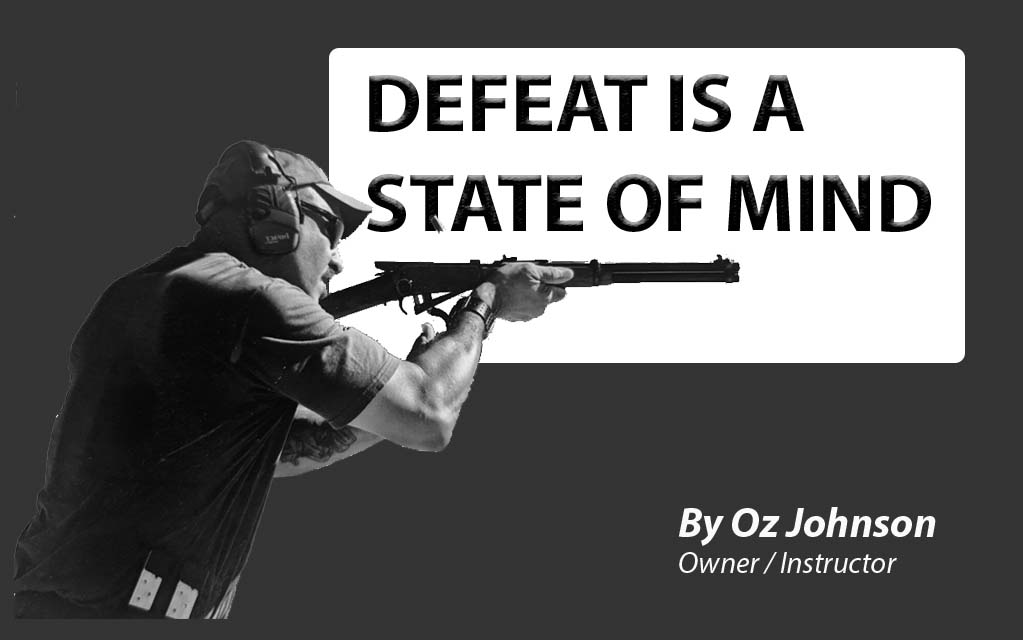Are you prepared to use that firearm?
There are many aspects to owning a firearm for self-defense. I have spoken about many of them in my past articles and each one of them is extremely important if you’re in a self-defense situation and you must use your firearm.
They range from situation awareness, before and during the incident, knowing your firearm and being able to manipulate it using muscle memory, knowing your capabilities, and knowing the difference from target shooting and self-defense shooting. Those are a few skills that gun owners need to obtain a high level of training if they plan on carrying a firearm for self-defense.
These are skills that are learned over time with proper and consistent training. Your mental state and your ability to win a gun fight rely on these and several more learned skills.
The skill I’m going to write about today is the skill of getting a good shot group. Let’s look at the definition first. A shot group or grouping is the collective pattern of projectile impacts on a target from multiple consecutive shots taken in one shooting session. The tightness of the grouping is a measure of the precision of a weapon, and a measure of the shooter’s consistency and skill.
So, this shot group is basically the distance from each hole made in a target when multiple rounds are fired. If I fired 5 rounds and the farthest distance from one round to another measures three inches, then that’s a 3-inch shot group. Why is my shot group so important.
As mentioned in the definition, it shows the precision of my firearm and more importantly, the shooter’s consistency and skill. Most modern-day firearms if zeroed in to a specific shooter, are precise. I care more about my skill level and whether I can perform that skill on a consistent level.
I always check my shot group at a close distance, maybe five yards when using a handgun. I work on getting as tight of a shot group possible, almost every hole in my target touching. Then I attempt to keep that consistency while speeding up my shots. Remember, if I’m carrying my firearm for self-defense, I need to be fast. I won’t know my opponent’s skill or speed.
Training to obtain a small shot group is also important because when I introduce distance, my shot group will naturally increase in size. I need to know at what distance does my shot group get so big that the odds of me hitting my target are slim. Never forget that you are responsible for every round fired from your firearm.
Secondly, when stress is introduced your accuracy, or shot group, will also widen. Introducing some physical activity just prior to firing your weapon will demonstrate this.
You also need to know your weapon platform and how to properly use it. If you are shooting iron or mechanical sights on a handgun, you need to understand the skill of front sight focus. If you are using a dot sight, know that your focus now moves to your target or threat.
If you target practice and are happy with a shot group that looks like your shooting bird shot from a shotgun, then I recommend you don’t use your firearm for self-defense. If you practice stationary shooting at the range without getting trained in self-defense shooting techniques, again, you truly are not prepared for a high stress adrenaline pumping self-defense type incident.
You can learn proper self-defense shooting skills that will equip you for whatever may come your way, and your shot group will be consistent offering you a much better chance at stopping your threat immediately. Do not leave your life saving skills to chance. Don’t train to be a gun owner, train to win!
If you would like the USCCA guide to “7 Firearms drills that could save your Life” give us a call or send us an email.
NEVER STOP TRAINING!
Oz Johnson/Lead Instructor, NRA Certified
Karin Johnson/Operations Manager
J-G-T.com
JohnsonGroupTAC@gmail.com
602-410-7355





